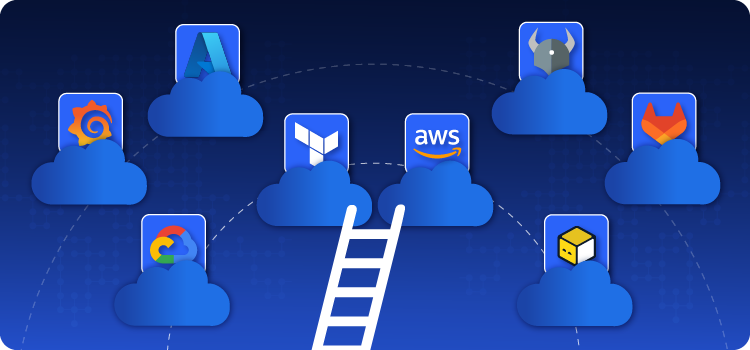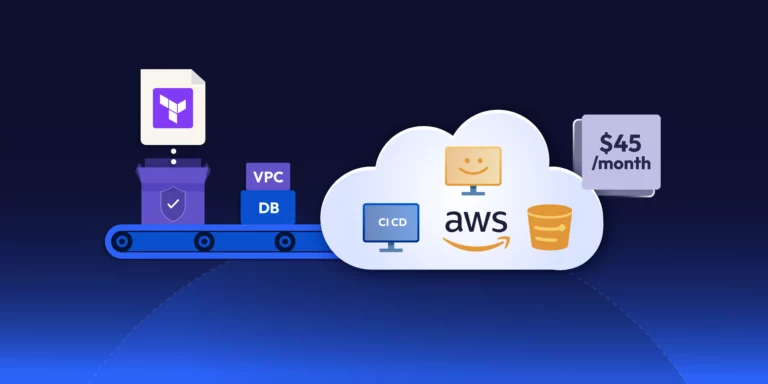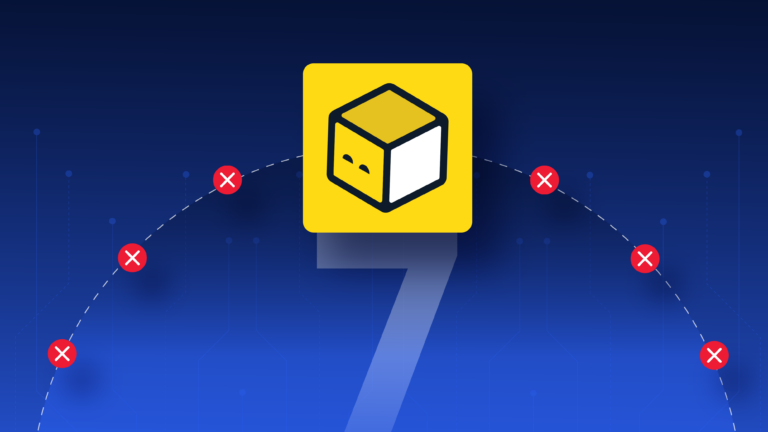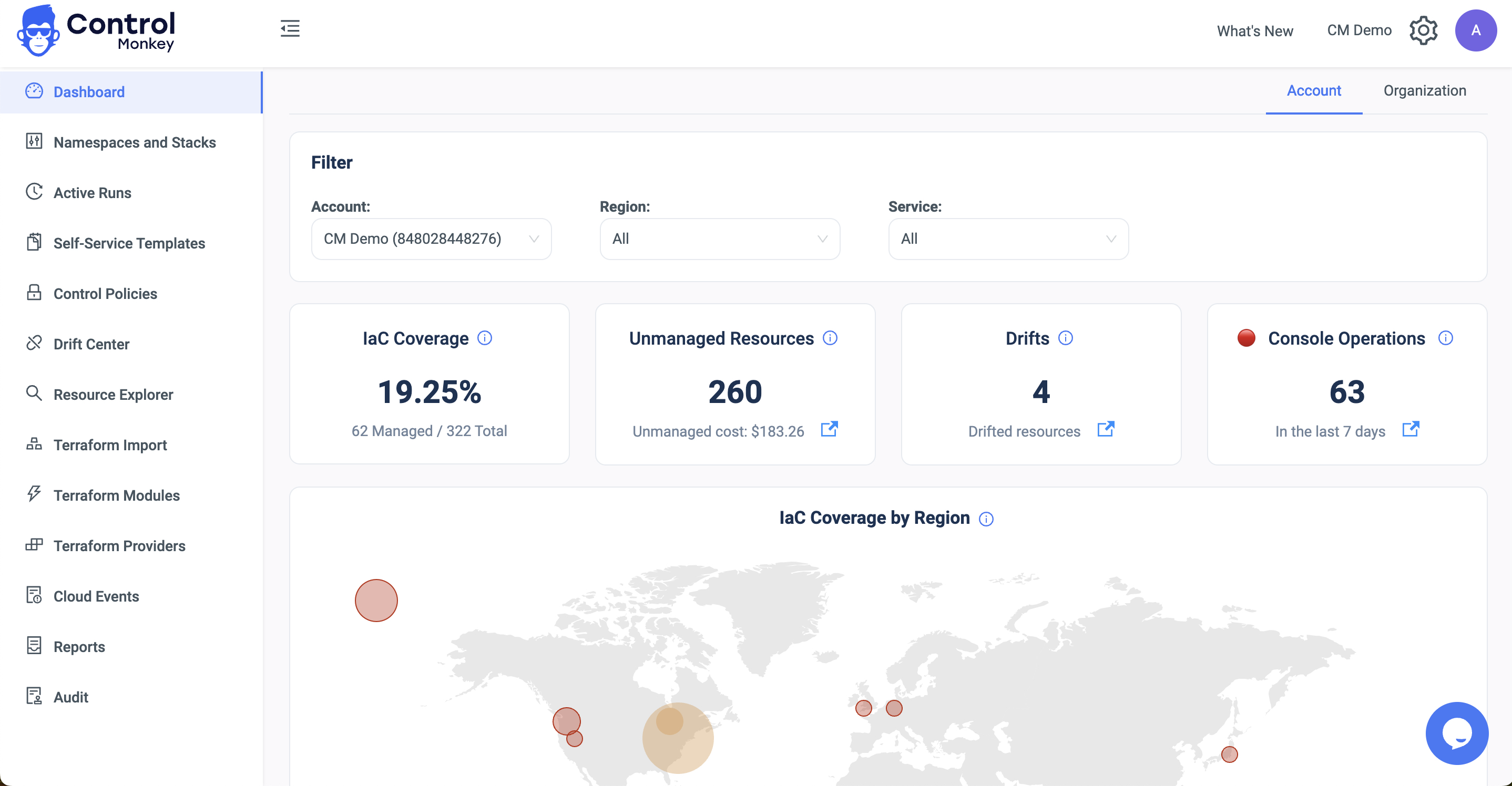Growth and Opportunities in SRE Manager Roles
An SRE Manager is important for keeping an organization’s systems and services stable, reliable, and performing well. SRE Managers bridge the gap between DevOps teams, fostering collaboration and continuous improvement.
As an SRE Engineer, becoming an SRE Manager is a great next step in your career and a good ambition to aim for. Read on to find out how you can progress.
If being an SRE Manager isn’t for you, check out our career growth blogs. Learn how to transition to a Cloud Architect or a DevOps Director.
SRE Managers are in High Demand
As organizations increasingly rely on complex, scalable systems, the need for professionals who can ensure reliability and performance has grown significantly. The adoption of modern technologies like microservices, containers, and cloud has further fueled this demand.
As a result, companies are actively hiring SRE Managers to optimize infrastructure, reduce downtime, and enhance user experience. Yet, the supply of qualified candidates has not kept pace. The 2023 Global SRE Survey revealed that 67% of organizations struggle to find skilled SRE talent, with 52% reporting difficulties in retaining those they do hire.
Making the Leap From SRE Engineer to SRE Manager
A career as an SRE Manager can be incredibly rewarding. The role is highly skilled and ideal for someone with strong leadership capabilities, technical expertise, as well as a passion for building reliable systems.
You will be responsible for
- Leading and mentoring a team of SRE Engineers.
- Developing and enforcing SRE best practices and processes. Promoting a culture of learning and continuous improvement across teams.
- Establishing clear policies for cloud usage, including access controls, resource allocation, and compliance requirements. These policies ensure that all teams adhere to best practices and robust cloud governance.
- Leveraging monitoring tools and dashboards, to ensure real-time visibility into cloud environments. This helps detect anomalies, enforce governance policies, and maintain Service Level Objectives (SLOs).
- Collaborating with development teams to build scalable and resilient systems.
- Establishing and monitoring SLOs and Service Level Indicators (SLIs).
- Responding to incidents and conducting post-mortems to prevent future issues and ensuring effective incident response.
- Driving automation to enhance operational efficiency.
Matching SRE Engineer Skills to an SRE Manager Role
As an SRE Engineer, you will already possess many of the necessary skills.
SRE Engineers already have a strong foundation in programming languages like Python, Go, or Java, and an understanding of system architecture, operating systems and networking.
You will also have a solid grasp of infrastructure as code (IaC) tools such as Terraform and you will have mastered automation and be using CI/CD pipelines and tools like Jenkins, GitLab CI, or CircleCI. You will be familiar with monitoring and logging tools, such as Prometheus, Grafana, ELK Stack, or Datadog.
SRE Engineers understand reliability practices and key concepts like Service Level Objectives (SLOs), Service Level Indicators (SLIs), and error budgets, what they mean and when you should use them.
You should have hands-on experience with cloud platforms like AWS, Azure, or Google Cloud and you understand containerization and orchestration tools like Docker and Kubernetes.
If you don’t think you have enough relevant experience, before making this step up, think about gaining further certifications such as:
- Google Professional Cloud DevOps Engineer
- AWS Certified DevOps Engineer – Professional
- Certified Kubernetes Administrator (CKA)
What Skills Do SRE Managers Need to Build?
The step from engineer to manager marks a significant transformation – not just in responsibilities, but in mindset. While an SRE engineer focuses on the hands-on work of building, automating, and troubleshooting systems, an SRE Manager takes on the role of leading teams, driving strategy, and ensuring alignment with organizational goals. Below are a few tips to help guide your career progression:
Deepen Your SRE Manager Expertise
- Build further on SRE principles like SLOs, SLIs, error budgets, and incident management.
- Demonstrate your ability to improve system reliability and implement automation solutions effectively.
- Develop advanced cloud governance skills that go beyond technical expertise.
Cultivate SRE Manager Leadership Skills
- Gain experience in mentoring junior engineers and guiding projects.
- Hone your communication skills to effectively collaborate across teams and articulate goals.
Understand SRE Management Fundamentals
- Learn about managing teams, resource allocation, and performance reviews.
- Familiarize yourself with project management tools and methodologies, such as Agile or Scrum.
- Understand how SRE aligns with business objectives, like customer satisfaction and cost management.
- Ensure you have good cloud governance practices in place.
- Gain insights into the priorities of other stakeholders, including product managers and executives.
Demonstrate Initiative
- Volunteer to lead initiatives, such as incident response improvements or system reliability audits.
- Take ownership of processes and showcase your ability to manage responsibilities beyond your technical contributions.
Strengthen Your Problem-Solving Skills
- Work on fixing and debugging complex system problems. For example, there may be latency spikes in microservices. The monitoring system detects unexpected delays in API responses for an important service.
- Practice solving real-world reliability challenges through mock scenarios or case studies such as an e-Commerce platform experiencing downtime during peak sales or a manufacturing company with reliability challenges in IoT systems
- See if you can build personal projects that will showcase your skills even further.
- It is beneficial to network with other SRE professionals and leaders to learn from their experience. Also explore meetups, conferences and other online communities to stay informed and build your own visibility.
- There are a couple of great books that will help you transition into an SRE Manager role:
- Site Reliability Engineering: How Google Runs Production Systems – This book, written by Google’s SRE team, provides insights into SRE principles, practices, and management strategies.
- The Site Reliability Workbook – A practical companion to the above book, offering actionable examples and case studies.
Seek Feedback on Your SRE Manager Capabilities
- Regularly solicit feedback from peers and managers on areas for improvement.
- Pursue training or certifications focused on leadership, such as courses in team management or project leadership.
The key is to demonstrate that you’re not only technically capable but also ready to lead a team, strategize, and align engineering goals with broader organizational objectives.
What Challenges Will You Face as An SRE Manager?
SRE Managers face a variety of challenges as they balance technical reliability with team leadership and organizational goals. Being prepared before you step into the role will help you be successful. Areas you’ll need to think about include:
SRE Managers Must Balance Reliability and Innovation
- Ensuring system reliability while supporting rapid development and deployment can be tricky. Managers often need to find the right balance between stability and innovation.
Scaling Systems, Teams and Cloud Governance
- As organizations grow, scaling infrastructure, ensuring appropriate cloud governance and managing larger teams become critical. This includes addressing technical bottlenecks and fostering collaboration across diverse teams.
SRE Manager Must Handle High Pressure
- Handling high-pressure incidents and ensuring effective post-mortem processes can be demanding. SRE Managers must ensure their teams are equipped to respond quickly and learn from failures.
Solving the SRE Talent Shortage
- We’ve already mentioned that there is a global SRE talent shortage. Finding and retaining skilled SREs is tough. Managers often need to invest in training and development to bridge skill gaps.
Adapting to Emerging Technologies
- Staying ahead of technological advancements, such as AI and cloud-native solutions, requires continuous learning and adaptation. For example, the company may decide to transition from traditional infrastructure to serverless architecture (e.g., AWS Lambda, Google Cloud Functions) to improve scalability and cost efficiency. The SRE Manager must guide the team through this significant technological shift so it can adapt to a serverless architecture.
Maintaining Team Well-Being
- In previous blog articles we’ve talked about how preventing burnout and promoting a healthy work-life balance is essential, especially in roles with on-call responsibilities.
If solving these challenges sparks your interest, a career as an SRE Manager is for you!
Support your SRE Manager Progression with ControlMonkey
If you’re inspired to follow the SRE Manager career path, you’ll want to bring some smart tools and partners with you on the journey. ControlMonkey supports aspiring SRE Managers with solutions that help automate and enforce cloud governance, provide visibility over security and compliance risks, identify costly underused or redundant resources, and ensure the environment is operating at maximum efficiency, reliability and optimum performance.
Want a partner to help you build your SRE Manager career? Book a ControlMonkey demo today.

Frequently Asked Questions: How to Become an SRE Manager
You’ll need experience mentoring junior engineers, leading projects, and working closely with other teams. Good communication and understanding how to navigate cross-team priorities—like those from product managers or execs—are also important.
Look for opportunities to lead initiatives that go beyond your hands-on work—things like improving incident response or running reliability audits. You’ll also need to connect your work to broader business goals, like keeping customers happy or controlling infrastructure costs.
we wrote an article touches on this by highlighting the importance of work-life balance and managing on-call responsibilities so you and your team won’t burnout. Investing in team development and setting up the right support structures are part of the job.
You’ll be juggling system reliability, team leadership, and business needs. Expect to deal with scaling issues, skill shortages, high-pressure incidents, and the constant evolution of cloud and DevOps technologies.
Start by reinforcing best practices like SLOs, SLIs, and post-mortems. Lead by example when it comes to automation, governance, and learning from incidents. Reliability needs to be baked into everyday thinking.
You should be familiar with tools like:
- Terraform
- Jenkins
- GitLab CI
- Prometheus
- Grafana
You should also know major cloud platforms like: AWS, Azure, or GCP. As a manager, doubling down on monitoring, automation, and governance tools will help you lead more effectively.
An SRE Manager leads a team of Site Reliability Engineers to ensure system reliability, scalability, and performance. They define SLOs/SLIs, manage incidents, enforce automation standards, and align engineering practices with business goals like cost efficiency and compliance.
An SRE Engineer focuses on building and automating reliable systems. An SRE Manager, on the other hand, leads teams, defines reliability strategy, aligns technical work with business goals, and ensures governance and compliance across environments.
Similar or related titles include:
- Site Reliability Engineering Manager
- Cloud Platform Engineering Manager
- DevOps Manager
- Infrastructure Engineering Lead
Each may focus on slightly different areas like cloud cost, automation, or compliance.











